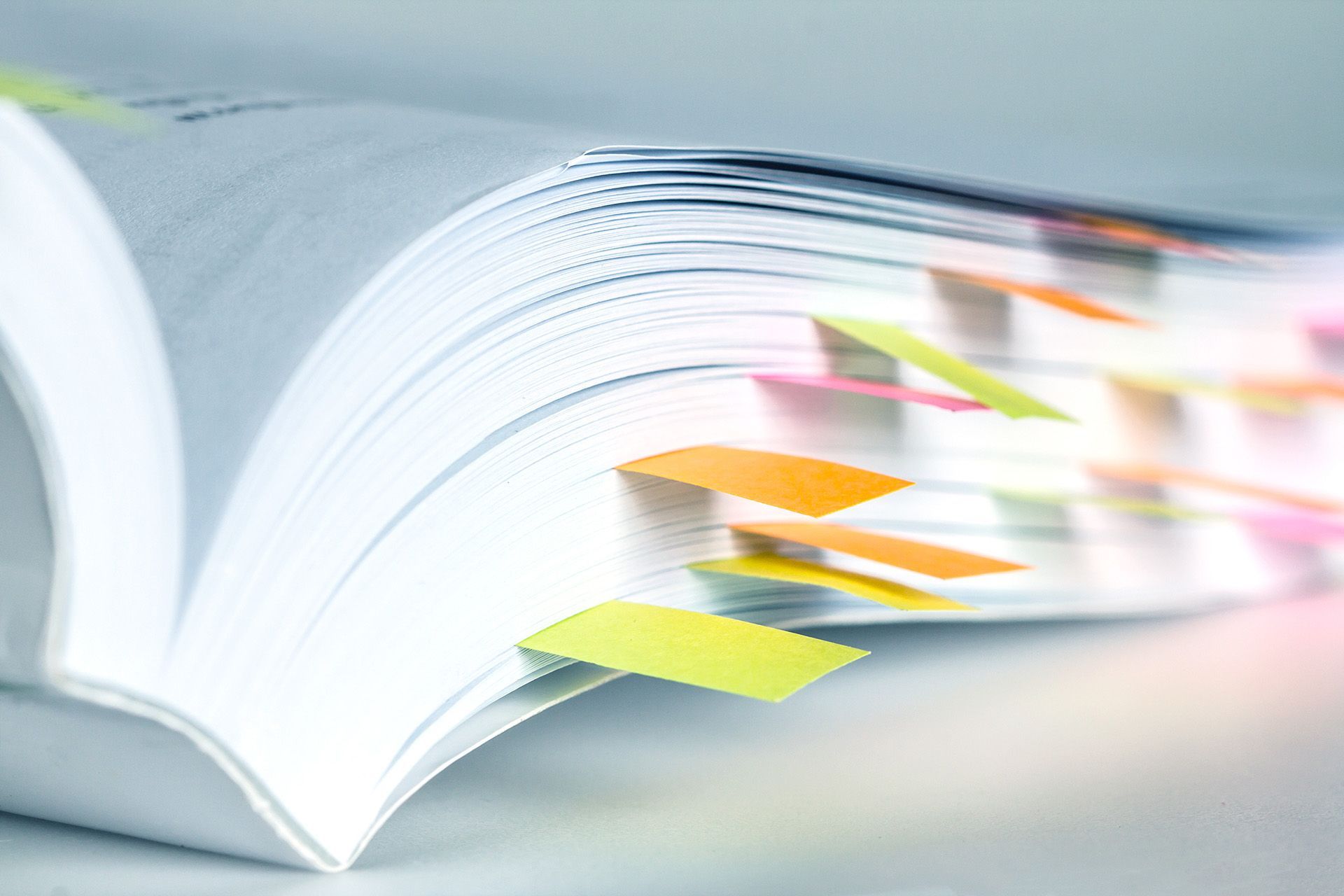When should you use a citation?
You don't have to cite information that is considered common knowledge. For instance, if you state that George Washington was the first U.S. president or that there are twelve months in the year, you wouldn't have to create a citation, since most people know that. It can be tricky to know when to cite a source, and it's a good idea to ask for help if you're not sure. A good rule is if you start taking notes from something you're reading, create a citation for that source.
How do you create a citation?
Citations are written in very specific format, giving information like title, author, and date. Books, articles, and websites all have different formats. If you use any of the WMS websites, there is a feature that allows you to get a correctly-formatted citation for any piece of information you use. You can cut and paste this citation to your citations page. Another way to create citations is using Easy Bib. Note: there are different styles for creating citations. At WMS, we use the MLA style. You may need to know this when using the databases or Easy Bib.
Where do your citations go?
If you're writing a paper, you'll create a list of citations that will be at the end of your paper. For a slide show, it's usually your last slide. If it's some other kind of project, like a poster, your teacher can specify where to put your list of citations.


